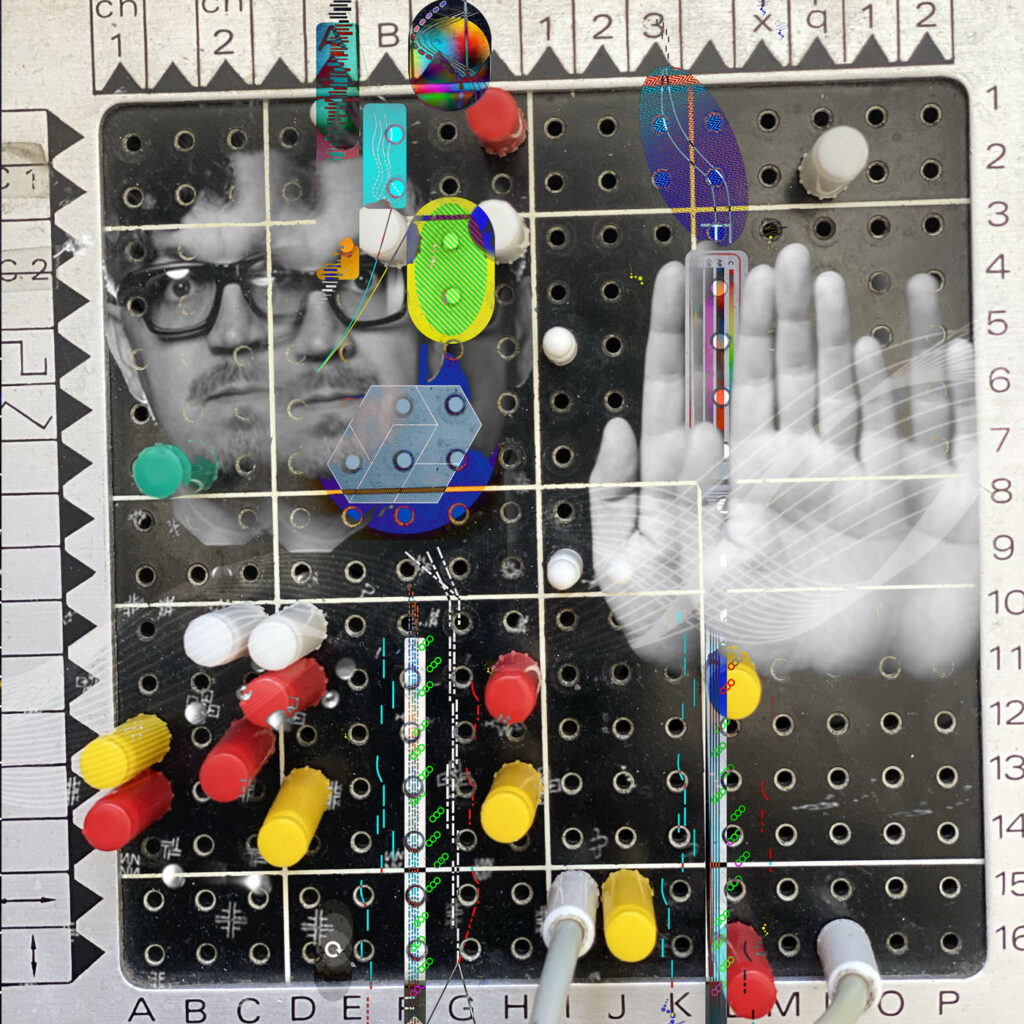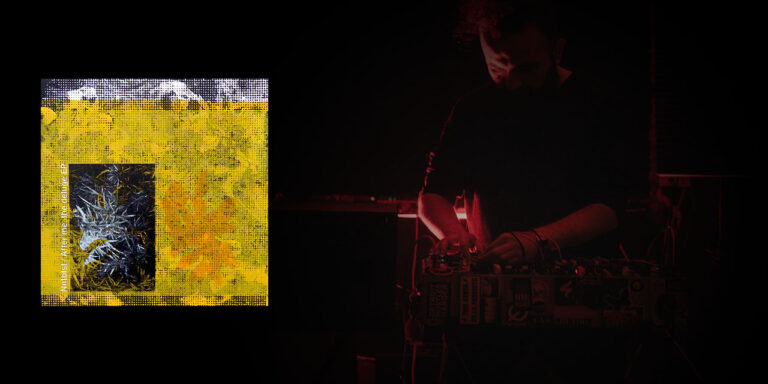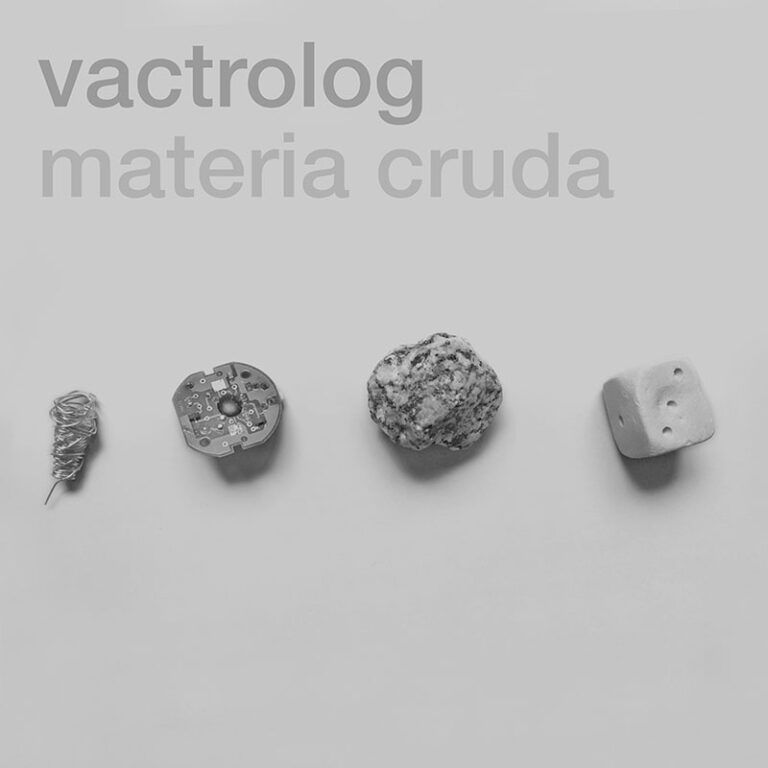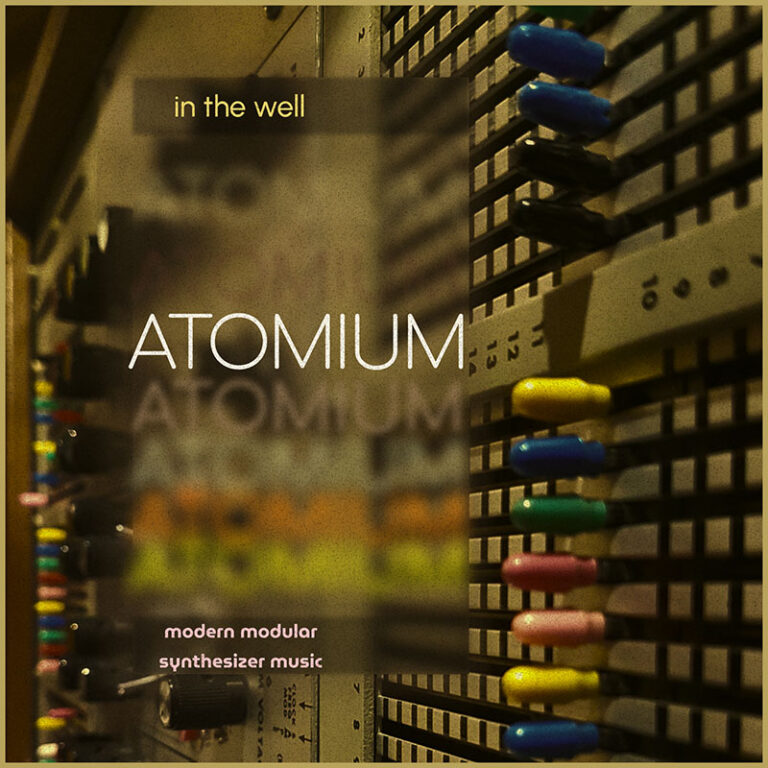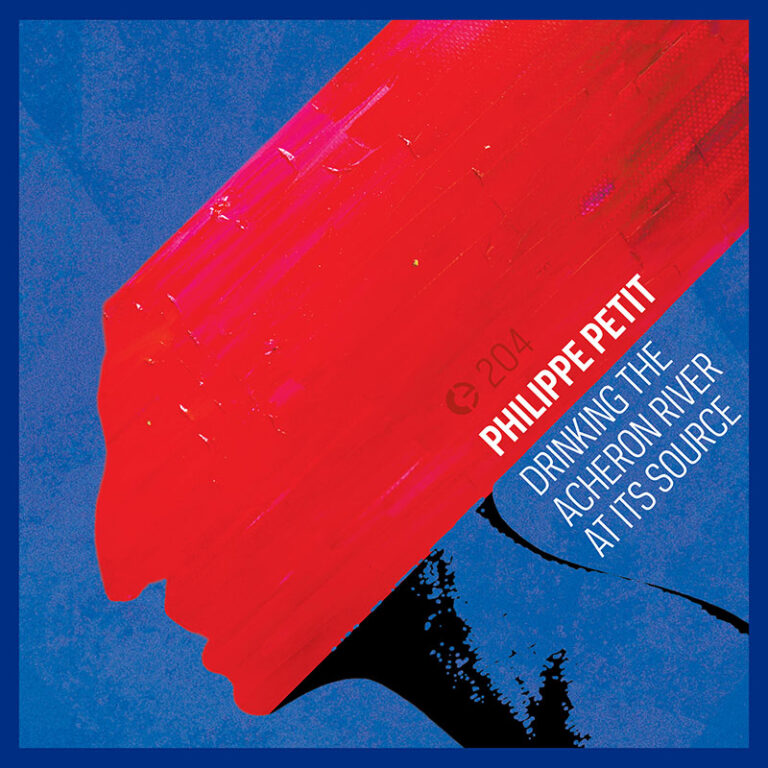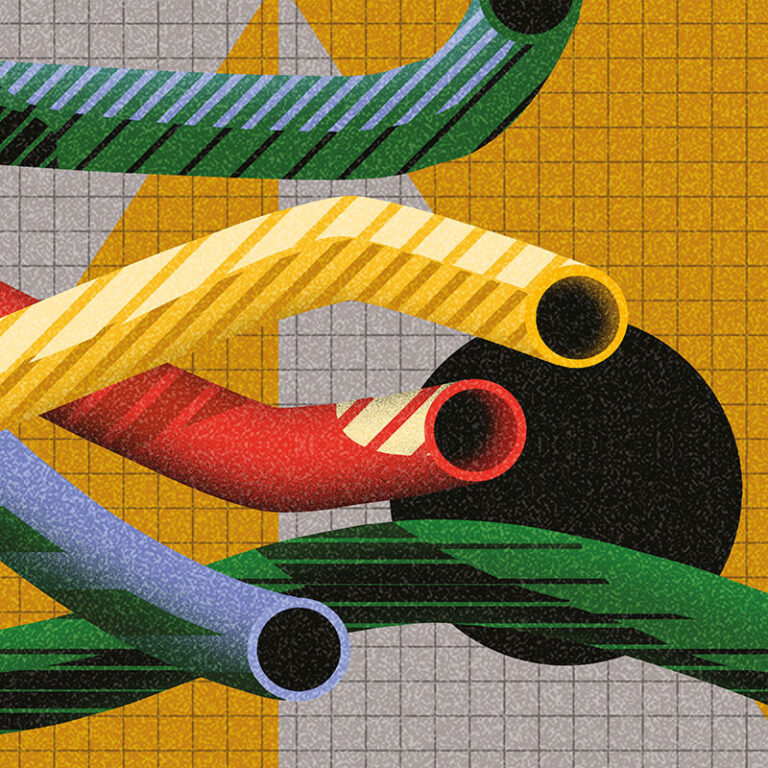A friend recently told me that « nothing was more human than to want one thing and its opposite at the same time. » I find that to be correct. As a musician, I want my work to be absolutely true to who I am, and yet I want other people to find it true to them as well. I fantasize about thriving on my own as a recluse experimentalist, but only as long as I can expect to share my music with a large audience. Sometimes I don’t need approval, a minute later I am pestering internally because I feel some of my ideas are misunderstood. In other words, I oscillate.
All about me oscillates. I change my mind a lot. My mood changes, too: I feel great, then down, then great again for a little while then low for what seems like an eternity. I was told this kind of bipolarity is consistent with artistic activity, as inspiration, like a comet, comes and goes, and we astronomers devote so much of our life to prepare for its appearances, that its prolonged absences usually makes us feel empty and useless.
Even if you never go through these rough patches, you tend to ramp up to your maximum and then, just when you reach it, you somehow find yourself back to zero. Of course, you can also be the « mood swings » type of musician; that’s a more romantic vision of the character and people might find you square.
If you got even half the terrible puns in the last paragraph, you are most likely a synth geek and you can call this place your home. If you didn’t, there may still be a geek inside you somewhere who wants to get it; and soon enough the « ressources » section of this website will be updated with articles and links so your inner geek can learn. If you are wondering when I will start writing about music, you may be a music lover and you can definitely call this place your home, too. Chances are you are all those things to different degrees, and I have only one word for you: welcome.
Let’s get to the subject then. In synthesis, the oscillation, or more accurately the oscillator is the first piece of a puzzle many – if not all – musicians on this station spend their life assembling and reassembling. It is what produces the sound. The raw material. Its name varies, implying different properties but the same purposes: Voltage Controlled Oscillator (VCO), Digitally Controlled Oscillator (DCO), Wavetable, FM operator… all are synthetic sound sources.
Essentially, an oscillator shapes electrical current, making it oscillate at high rates between two values (often one positive and one negative). It can be digital or analog. Oscillators produce waves in a variety of shapes: triangle, sine, square, pulse, ramp, sawtooth, and more complex combinations. They all sound different. Two similar waveforms won’t even sound the same on two different oscillators; that depends on many parameters that are adjusted by choosing the electronic components and drawing the signal path – and, for digital elements, coding. There are many choices designers of circuitry and code have to make; that is why, despite what it may seem sometimes, all synthesisers are fundamentally different.
Before we musicians even start to sculpt the sound into music, decisions that are intrinsically artistic, because they characterise the sound, are already taken in the factory. And that means part of the credit for our work falls back to our partners, the engineers. We work as a team, artists and designers, and always have: Wolfgang Amadeus Mozart wrote the clarinet concerto for an instrument perfected by Johann Christoph Denner, Hector Berlioz was so fond of Adolph Sax’s instruments that he included nearly all of them in his symphonic music, Wendy Carlos and Robert Moog entered the spotlight hand-in-hand with one single Bach album, and Don Buchla’s visionnary instruments inspired generations of great musicians such as Morton Subotnick, Suzanne Ciani, Kaitlyn Aurelia Smith or Maria Teriaeva… and the list goes on.
In the recent years, the interest of synthesists for the modular instruments has grown, and in the 2010’s it has gradually taken back the place it used to hold in the age of pioneers (from the late fifties to the seventies). As a result of this new market emerging, many makers got interested and the offer is now plethoric. One of the explanations for this revival is the advent of the Eurorack format (specified by Dieter Doepfer in 1996) which flexibility allowed for designers to experiment more freely; eventually musicians came to it, attracted to the new ideas stemming from brilliant minds such as Emilie Gillet (Mutable Instruments), or musician Matthias Puech (who designed modules with 4ms Company), and many more.
As a consequence, the modular community is growing all around the globe. Now, like all musicians do, synthesists often develop close relationships with their instruments. But among synthesists, we modularists tend to grow an even freakish passion for it, which make us stand aside as a community of our own – which everyone is welcome to join if they are into oscillation as much as we are.
Because we do want one thing and its opposite at the same time. Some want a lot of functions – but in a compact, « skiff » design and with no menu-diving. Some want analog sound, but steady-tuning; or digital control, but with added instability. Many of us once sold a module and bought it back again three months later. On the contrary, some own a module they never, ever use, but could never resolve to sell because it is rare and you never know. Finally, we all want our own sound, but we crave for a particular module because « Aphex Twin has it. » Like I said, we oscillate. It’s natural.
We lose ourselves trying to build the instrument and when we do – IF we do – we have yet to learn how to play it, while planning our next modifications to the machine. The possibilities are so endless, it’s really a miracle if any of us manages to finish a track ever. Fortunately, we do. But when we do, very seldom does it correspond to radio standards. That is why an initiative like this modular station is very welcome, to spur the marvels that sprout in our DIY laboratories. Now, press the play button.
